- Volvo would possibly finish fuel fashions someday after 2030 even when demand nonetheless exists
- Charging infrastructure, slower EV adoption are behind new timeline
- Volvo PHEVs will maintain evolving towards EV, with smaller engines too
Though Volvo final week walked again plans to promote solely plug-in autos by 2030, enjoyable the electrified goal to 90% by then, its executives had been keen to position some nuance on the announcement.
Beneath the recalibrated timeline, Volvo made clear in a sequence of roundtables with the press final week, that this doesn’t imply it would maintain constructing gasoline fashions so long as regulators permit them to be bought. And it’s nonetheless able to go 100% plug-in by then if the market calls for it.
“We don’t wish to chase BMW in constructing engines,” stated Björn Annwall, Volvo’s chief working officer and deputy CEO. “We wish to construct the very best software-defined autos.”
Annwall is referring to remarks from BMW, as lately as earlier this yr, affirming that it’ll proceed to spend money on engines.
Volvo’s head of engineering and R&D Anders Bell additionally confirmed that whereas it could be making a small variety of gentle hybrids with no cost port into the beginning of the subsequent decade, this announcement brings no change to Volvo’s finish of inner combustion engine work. Volvo a number of years in the past, on the enterprise entrance, closed the door on ICE and spun off its engine improvement, with manufacture accomplished by a brand new firm collectively owned by dad or mum Geely, with engines for use in autos throughout Geely’s manufacturers.
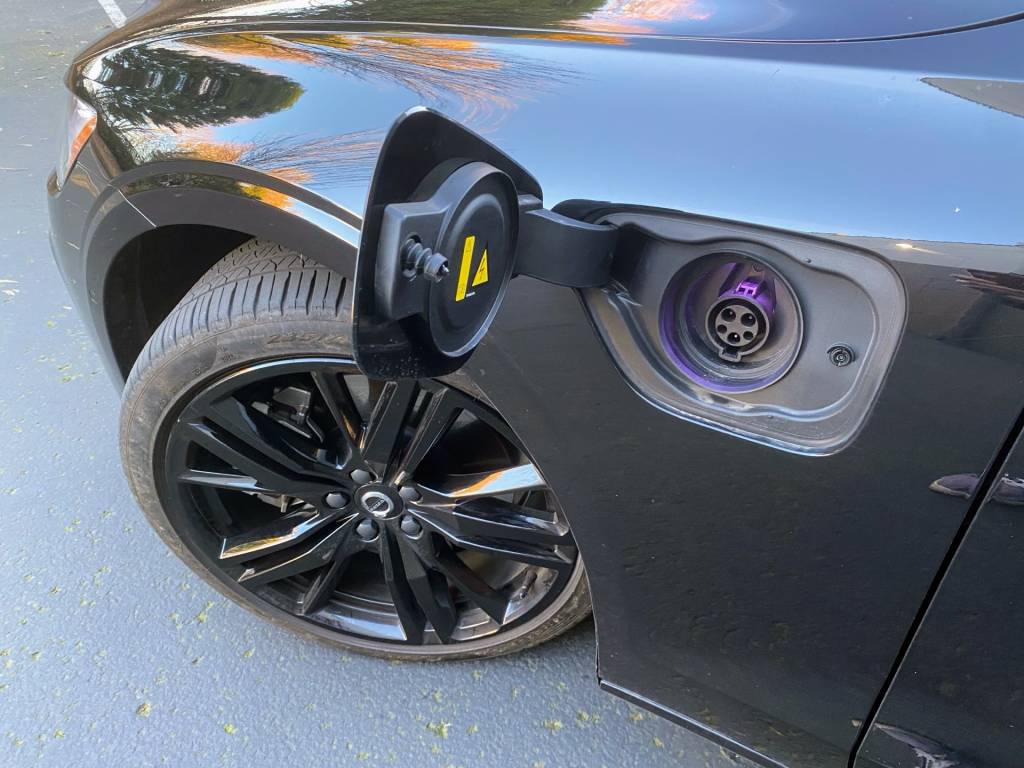
2024 Volvo S60 Recharge
Charging infrastructure partly accountable
“Over the previous few years…usually, within the trade, everyone thought there can be adaptation of the battery electrical automobile quicker,” stated Bell. “Infrastructure didn’t develop in areas as quick as anticipated, and we have to be pragmatic.”
Volvo at the moment has about 1.5% of the worldwide market, by gross sales, Annwall stated, and within the early years of the subsequent decade, if the worldwide market is within the vary of 50-70% EVs by then, Volvo is ok strolling away from that sliver of its non-plug-in enterprise.
“I want we had a crystal ball, and I believe immediately’s announcement is about the truth that we don’t have a crystal ball,” stated Annwall, explaining that it positive factors Volvo some strategic flexibility in how shortly the market evolves in several elements of the world.
“It’s not about reducing down the imaginative and prescient to turn out to be totally electrical,” he added. “It’s about the truth that we’ll maintain the present know-how recent and aggressive longer, up till 2030 and past, if required so as to have the ability to play in these markets.”
“I imagine we’re going to get to completely electrical faster,” the chief stated, reflecting on the brand new goal. “If we discuss Northern Europe, if we discuss Norway, we did yesterday.”
Volvo used final week’s announcement as an opportunity to emphasise its Superset know-how stack for software program and electrical structure set to debut on the 2025 EX90 electrical SUV, and set to be developed with subsequent EVs just like the upcoming Volvo EX60 electrical SUV on account of arrive round 2026.
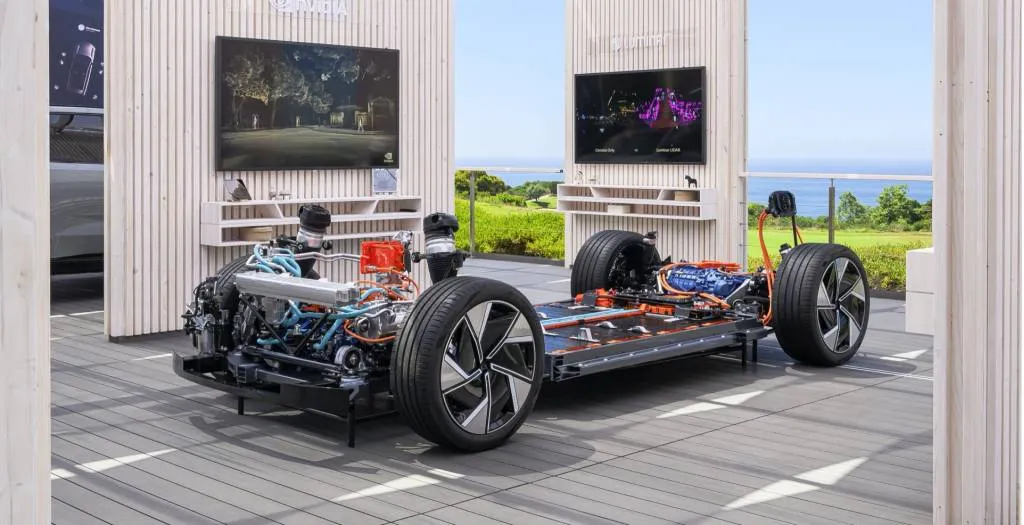
2025 Volvo EX90 propulsion system
Evolving Volvo plug-in hybrid tech?
However to deal with propulsion, Volvo’s recalibrated technique nonetheless means it plans to promote an ideal many plug-in hybrids by that concentrate on and effectively past.
It’s substituted in bigger battery packs each few years and raised motor output. The 18.8-kwh battery pack—immediately’s three-layer battery know-how—is definitely cheaper to provide than the earlier two-layer battery tech, in response to Annwall, and within the XC90 it will probably ship 33 electrical EPA miles and the stronger electrical motor output at a decrease price than the earlier era. “I believe we are able to proceed to evolve the electrified a part of the powertrain, and that’s our technique.”
That stated, the system nonetheless runs by way of a standard eight-speed automated transmission, because it did when Volvo phased on this system a decade in the past, and the electrical propulsion takes second fiddle to the combustion engine by energy output and design. Inexperienced Automotive Stories requested a number of questions on when and the way this method would possibly evolve and acquired some hints.
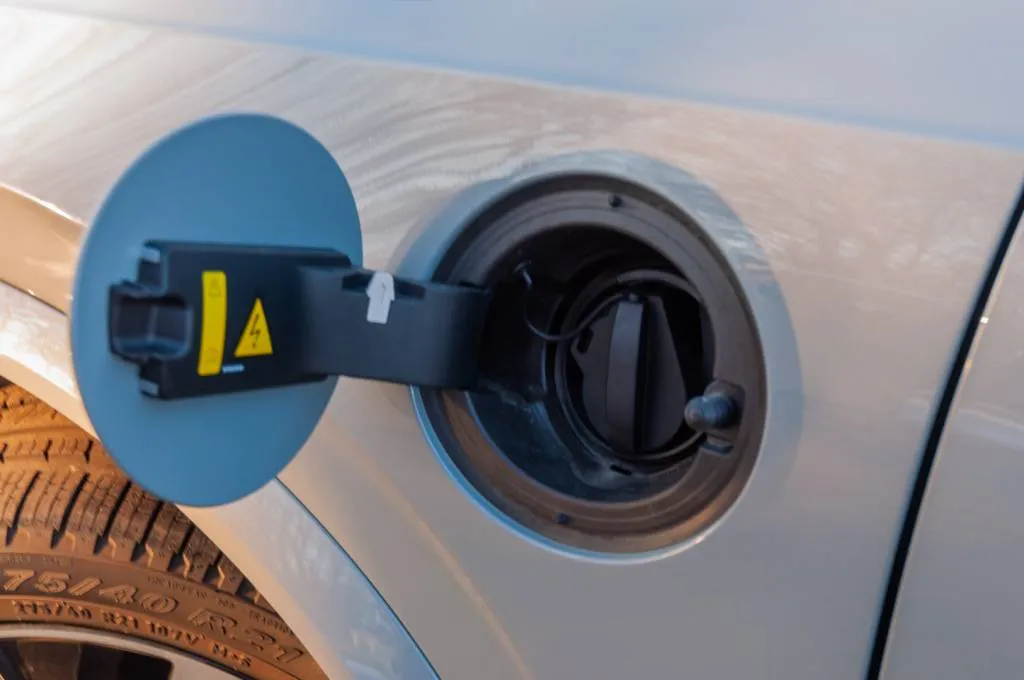
2024 Volvo XC90 Recharge
“Crucial factor is to extend the interior effectivity much more,” stated Erik Severinson, Volvo’s head of latest automobile packages and operations technique. At this time electrical machines are about 90% inner effectivity whereas combustion engines are round 30% inner effectivity, however there’s room above 90% effectivity, he stated. “You will notice that improvement.”
Severinson stated that for future PHEVs there will probably be even much less deal with the variety of cylinders and extra on the final word efficiency of the automobile. Volvo has already subbed in 3-cylinder engines for its smaller plug-in hybrids.
Volvo says that from its personal knowledge, on a globally common, its plug-in hybrids are pushed 50% of their miles on electrical energy, and it’s on the rise.
How a lot battery capability and vary is sufficient in a plug-in hybrid? Volvo has run a bunch of situations and carried out buyer research to grasp how persons are utilizing their electrical vary, however Severinson wouldn’t touch upon the tipping level. “In some unspecified time in the future the battery will get massive, the battery will get heavy, and price goes up for the PHEV as effectively.”
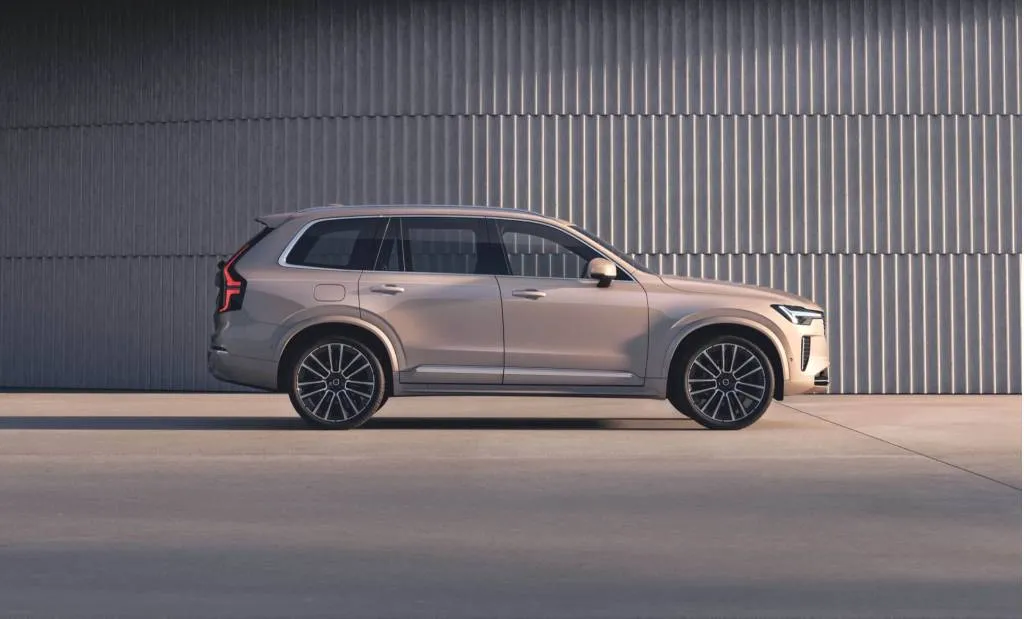
2025.5 Volvo XC90
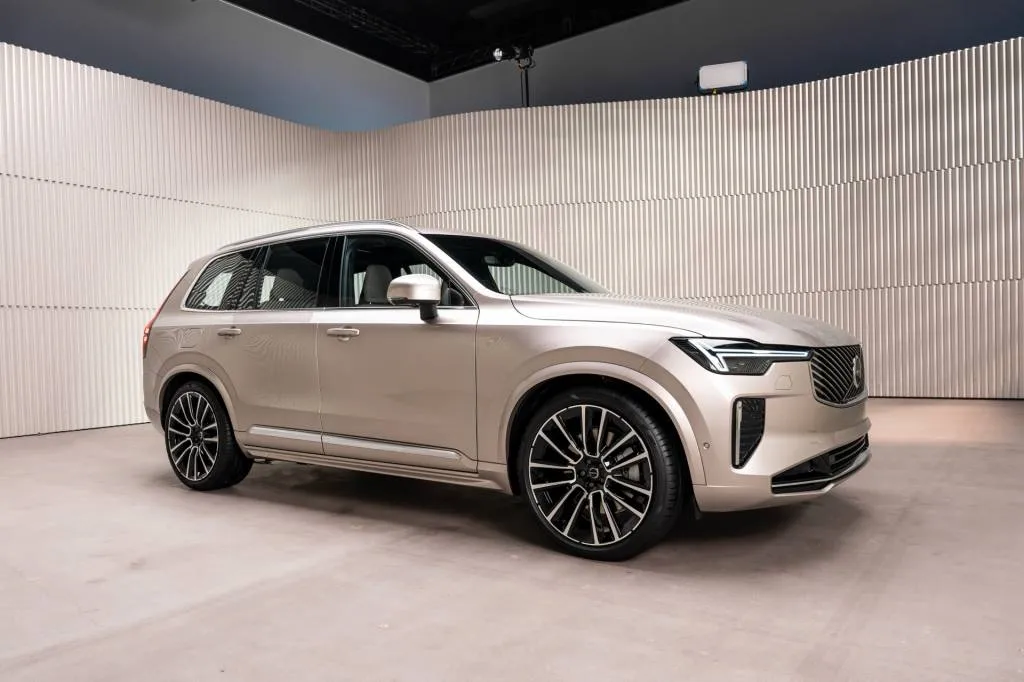
2025.5 Volvo XC90
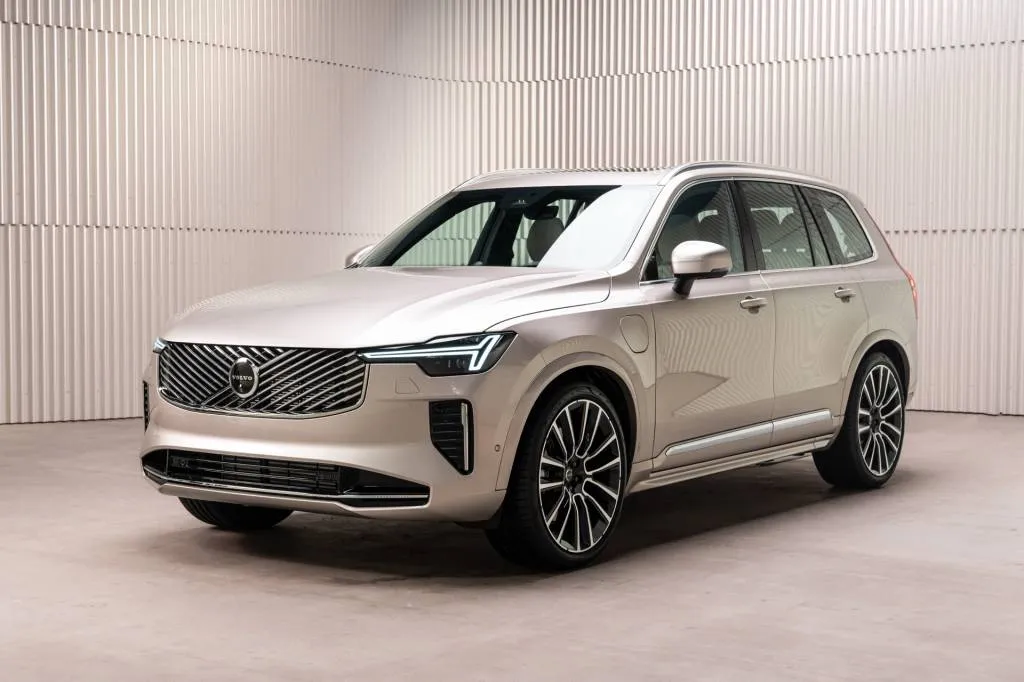
2025.5 Volvo XC90
Faster charging occasions may make the scale of the PHEV batteries much less related, Severinson stated. Though at current Volvo’s PHEVs within the U.S., together with the 2025.5 Volvo XC90, nonetheless use a really gradual, low-power 3.7-kw onboard charger that’s insufficient for noon fees.
Bell wouldn’t touch upon future tech options for PHEV—or for making the gasoline engine secondary with extra of a range-extender method—however he stated that “we have now a eager eye on what are the proper applied sciences for us and for our clients for positive, and the way a lot profit.” He shortly added that “we want to have the ability to guarantee that no matter product we do, it must be a Volvo. It must be a great expertise, good NVH, good properties, cheap towing, and so on.—in order that half doesn’t change, however the know-how to help these selections would possibly.”


